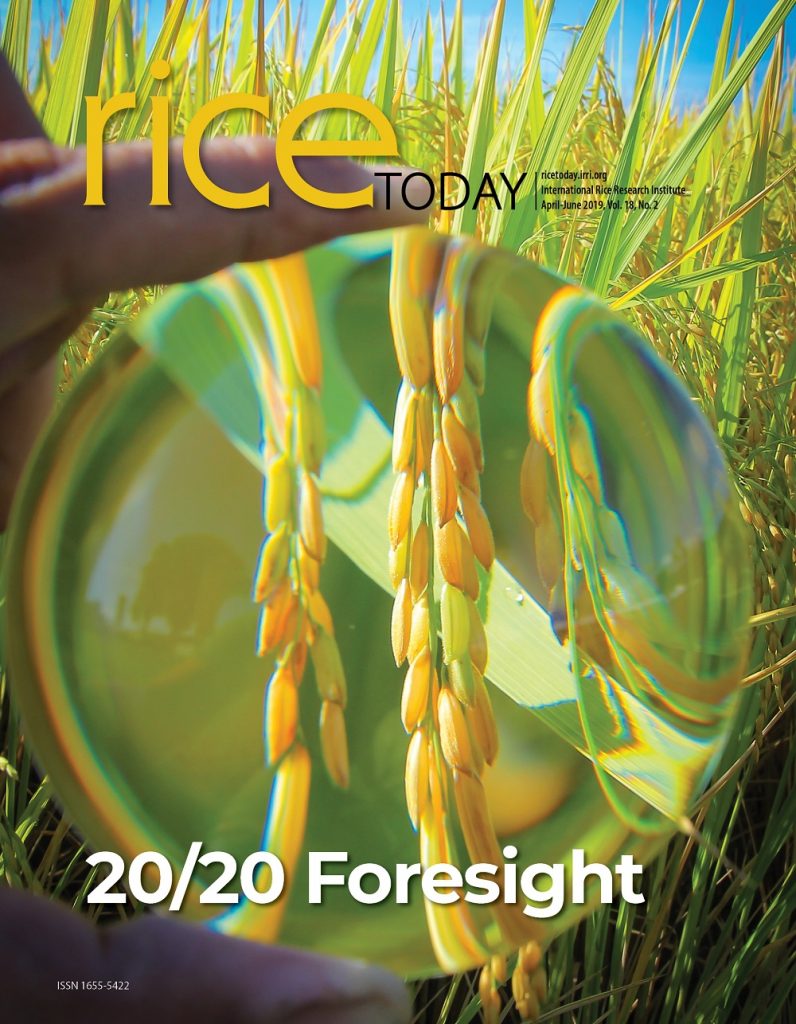The problems affecting the world are becoming more and more complex. Imagine if scientists had “20/20 foresight” and could see into the future with absolute clarity.

.
In the fantastic universe of comic book superheroes, precognition takes a backseat to other superpowers. It doesn’t even crack the list of the 20 best superpowers of all time as ranked by Comic Book Resources (FYI, controlling the elements is no.1).
In the real world, though, the ability to predict the future carries a lot of weight. Throughout human history, shamans and parlor psychics have been attempting to foretell events by deciphering stars and tea leaves as they swirl across the cosmos and in cups. The Roman savant Pliny the Elder describes the use of orbuculum or crystal ball as far back as the 1st century AD as a form of divination to get a glimpse of future events. The desire to know what the future holds is so great it has taken many other forms. Merriam-Webster lists 30 ways to tell the future.
Even scientists are trying their hand at predicting future events. In 2018, computer scientists from the University of Bonn in Germany created a program that could accurately anticipate human behaviors up to five minutes into the future.
All these efforts are understandable since precognition, by taking away the uncertainty in any equation, has a lot of practical applications in, among others, business, investments, and the military.
Precognition could also have applications in science. The problems affecting the world are becoming more and more complex. Imagine if scientists had “20/20 foresight” and could see into the future with absolute clarity. What if breeders knew exactly the environmental conditions in rice production areas around the world 15 years ahead? What if they could identify new challenges and develop technological counter-plans before they become problematic for the rice sector? What if they could foretell the best method for disseminating new technology to farmers?
But, in a world where true precognition doesn’t exist, scientists can still rely on strategic foresight to improve their decision-making, strategic planning, and their ability to cope with forthcoming challenges.
Foresight is the secret ingredient of success because without it we cannot prepare for the future, according to The World Future Society in The Systems Thinker. Foresight gives us increased power to shape our futures, even in the most turbulent of times. People who can think ahead will be prepared to take advantage of all the new opportunities that rapid social and technological progress is creating.
For professional futurist, Willow Pryor, today’s complexities call for a different way of thinking. According to her, foresight creates a platform for closer collaboration for developing innovative solutions and better ways of doing things. Ms. Pryor added that foresight tools help test hidden assumptions, expand thinking beyond business-as-usual, and help find pathways towards a better future for all stakeholders. She also believes “foresight literacy” is an important skill to have as it enables people to be architects of change rather than victims of change.
In The Benefits of Foresight for Innovation Leaders, strategic foresight experts Ted Farrington, Christian Crews, and Laura Schlehuber stated that organizations need to look ahead in a strategic way to fuel their longer-range breakthrough innovation efforts. Using their concept, here are some of the ways rice scientists can benefit from having strategic foresight:
- Anticipating stakeholder needs helps develop innovative ideas for a wide range of prospective scenarios.
- Identifying needs and markets that do not yet exist creates alignment across the rice value chain so that stakeholders are ready to accept, manufacture, distribute, and commercialize innovations when these are ready.
- Scientific innovations can take many years to develop. When the leadership and strategic directions of an organization change, ongoing research programs can be discontinued, delayed, or shelved. Strategic foresight can help research activities weather organizational transitions.
- Longer-range research and development carry higher risks and are less attractive to investors or donors than short-term innovations. Strategic foresight enables organizations with the strategy to act in uncertainty and manage risk over time to improve the chances of success of longer-term innovation investments.
In this issue of Rice Today, we feature the insights and foresight of platform leaders and researchers at the International Rice Research Institute as they paint an image of what the future of rice science could be.





